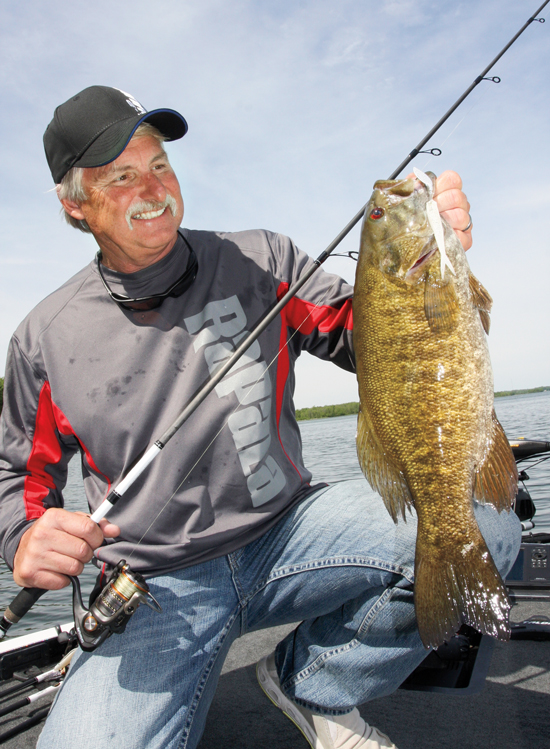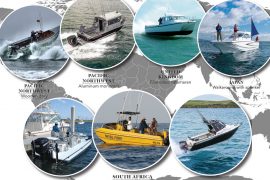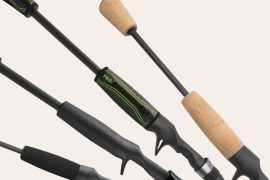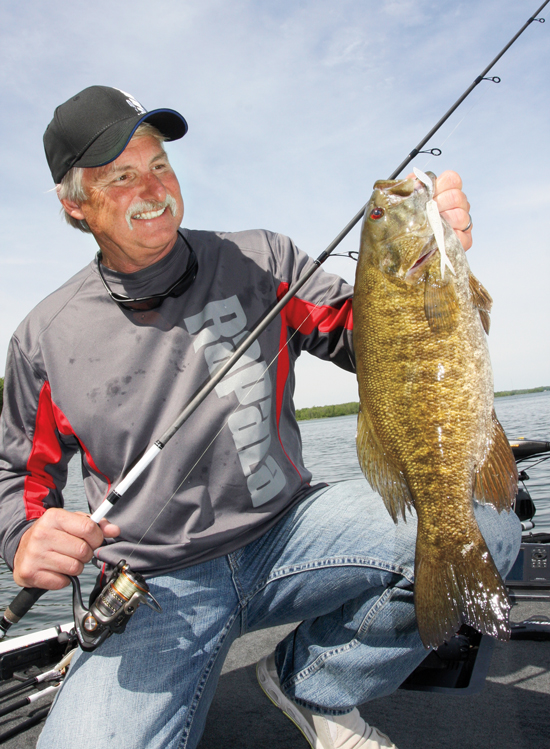
Cranks, topwaters, worms, and spinnerbaits are deadly bassin’ tools, but if forced to leave the dock with only one lure for a variety of situations, many anglers would be hard-pressed to put anything but jig rod in the boat.
Who could blame them? Jigs work from the abyss to the bank—whether you’re fishing thick cover, rocky bottom, or open water—and they’re particularly good for triggering takes when bass play hard to catch. Manufacturers continue to produce an array of fine-quality designs that allow savvy anglers to put more fish in the boat.
Minnesota bass ace Scott Bonnema factors jigs into his game plans for green and brown bass, and keeps tabs on the jigging scene. “The expansion in jig styles and improvements in quality may seem subtle to casual observers,” he says, “but the latest crop has raised the bar in performance and arguably changed the game. Today’s jigs look better, work better in a wider variety of scenarios, and catch more bass.”
Bonnema believes gains in raw materials deserve credit. “Take skirted jigs, for example,” he says. “Today’s silicone skirting, along with live rubber options that are making a comeback, breathes and moves more freely than what we fished just a few years ago. When the jig lands, the skirt flares and comes alive.
“Tungsten heads add a new dimension as well,” he continues. “They’re heavier for their size so you can quickly get to the bottom in deep water or heavy cover, so you don’t need big leadheads. Dense tungsten also transmits bottom information better than lead, making it easier to detect slight changes in bottom composition that can affect bass location.”
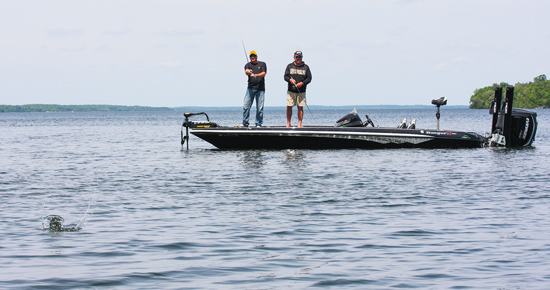
Color schemes and paint jobs have likewise come of age. Where custom creations used to be the answer, jig manufacturers have broadened the commercial palette, allowing anglers to get amazingly picky with color choices. Expansions in skirt and trailer colors boost options even further. “If you pay attention to what bass are eating and are experiment with colors until you match that forage, you can dial in combinations that catch more fish,” Bonnema says.
“Hook options and quality are phenomenal, too,” he adds. “Instead of worrying about losing bass on light hooks with too much flex, or missing strikes with under-sized hooks, you can choose heavy-duty, high-performance hooks on more sizes and jig styles than ever. For example, I often have a 5/0 hook on 1/2- and 3/4-ounce jigs, for better hooking and fewer lost fish.”
Success By Design
Options in jig styles have made great strides as well. “A vast selection of head styles—from football to finesse, Arkiestyle, grass jigs, and more—allows you to tailor shape and function to the cover, structure, and situation like never before,” he says. One of his favorite new designs is VMC’s Gliding Jig. Created by coupling a jig and flattened spoon, it’s available in 1/8- and 3/16-ounce weights, with Oklahoma and willowleaf configurations.
He learned about it from lure designer Mark Fisher, a friend and tournament partner, who serves as VMC and Rapala’s field promotions director. Each season, the pair fish several major tournaments across the Upper Midwest, where they put the Gliding Jig to the test.
“It’s part jig, part spoon, and generates a great fluttering action. It can be fished anywhere you’d throw a ball-head, mushroom, or shaky head,” Fisher says. “It can be fished alone or with any sort of trailer, as long as the trailer doesn’t overpower it and impede the action.” His top tippings include a Zoom Super Fluke Jr. or 3- to 4-inch straight-tail worm.
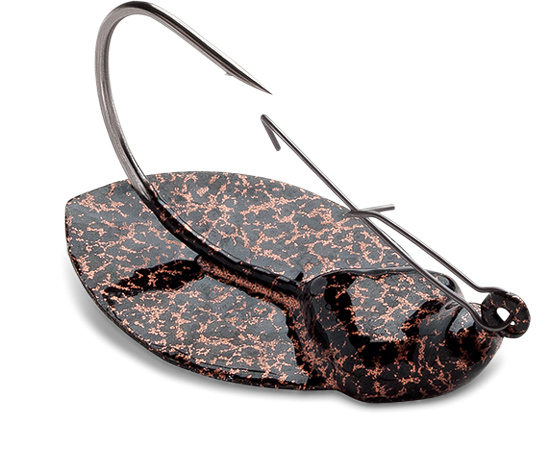
Fisher says he loves such combos for finesse fishing, whether in shallow water or along weedlines. “Fish fast, slow, or anywhere in between,” he says. “You can also vertically jig in shallow situations and take advantage of the fluttering death spiral on the drop. There’s virtually no wrong way to fish this thing.”
“The Gliding Jig is so new, it hasn’t taken off yet,” Bonnema says. “But I think once guys fish it, its potential will be realized.” He experimented most with the willowleaf model, and says it shines on spinning gear with 10- to 20-pound superline such as Sufix 832 or NanoBraid, with a 36-inch leader of 7-pound fluorocarbon.
He believes trailer selection is a matter of taste, and says any 3-inch section of plastic worm you’d use with shaky-heads or drop-shot rigs works with a Gliding Jig. “I had good results with this setup for smallmouths last summer,” he says. One of his favorite ways to fish it was a slow yo-yo approach along bottom. “I fished it in 7 to 10 feet of water, letting it fall to the bottom, then making a slow and subtle lift-fall…

